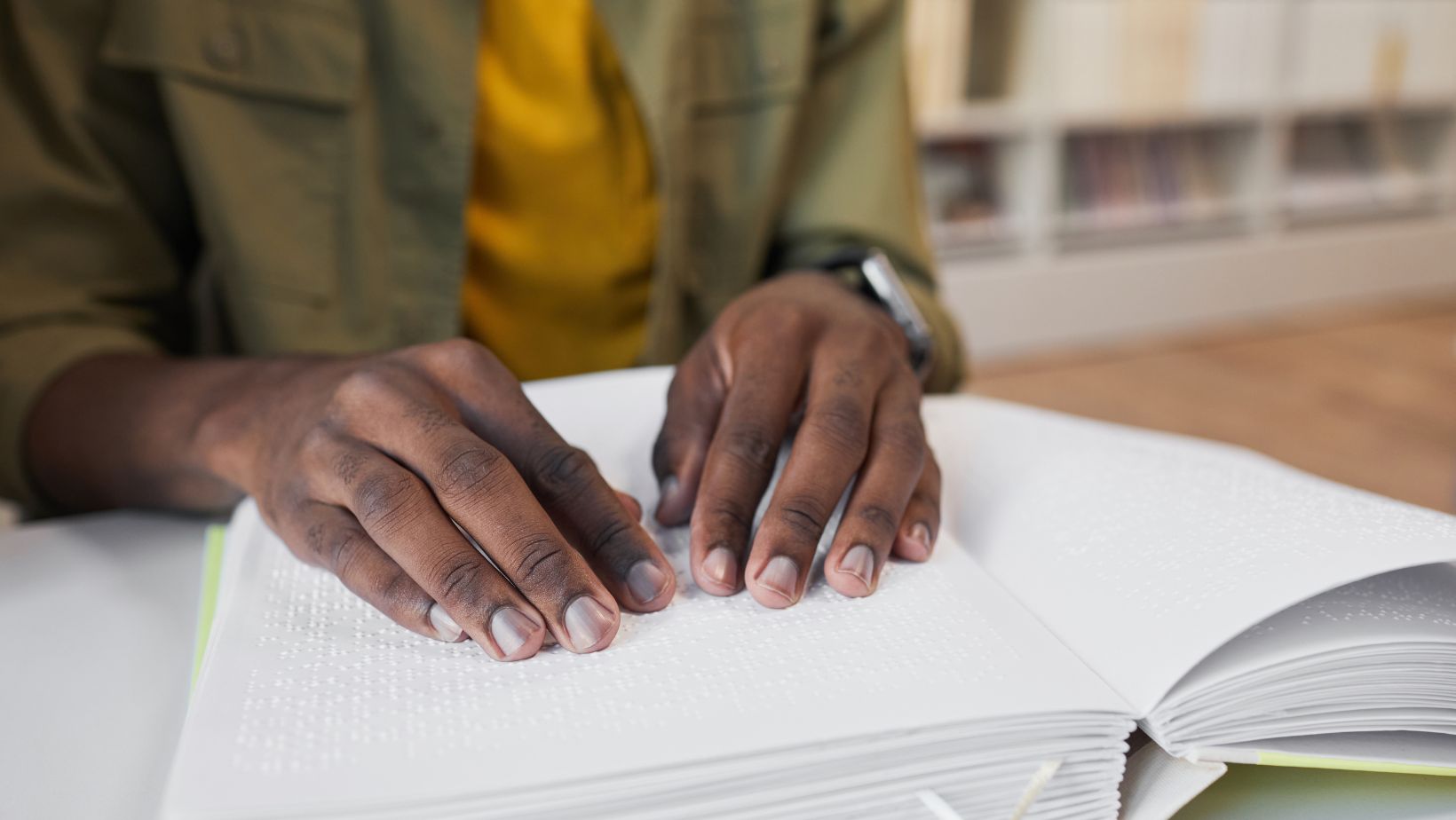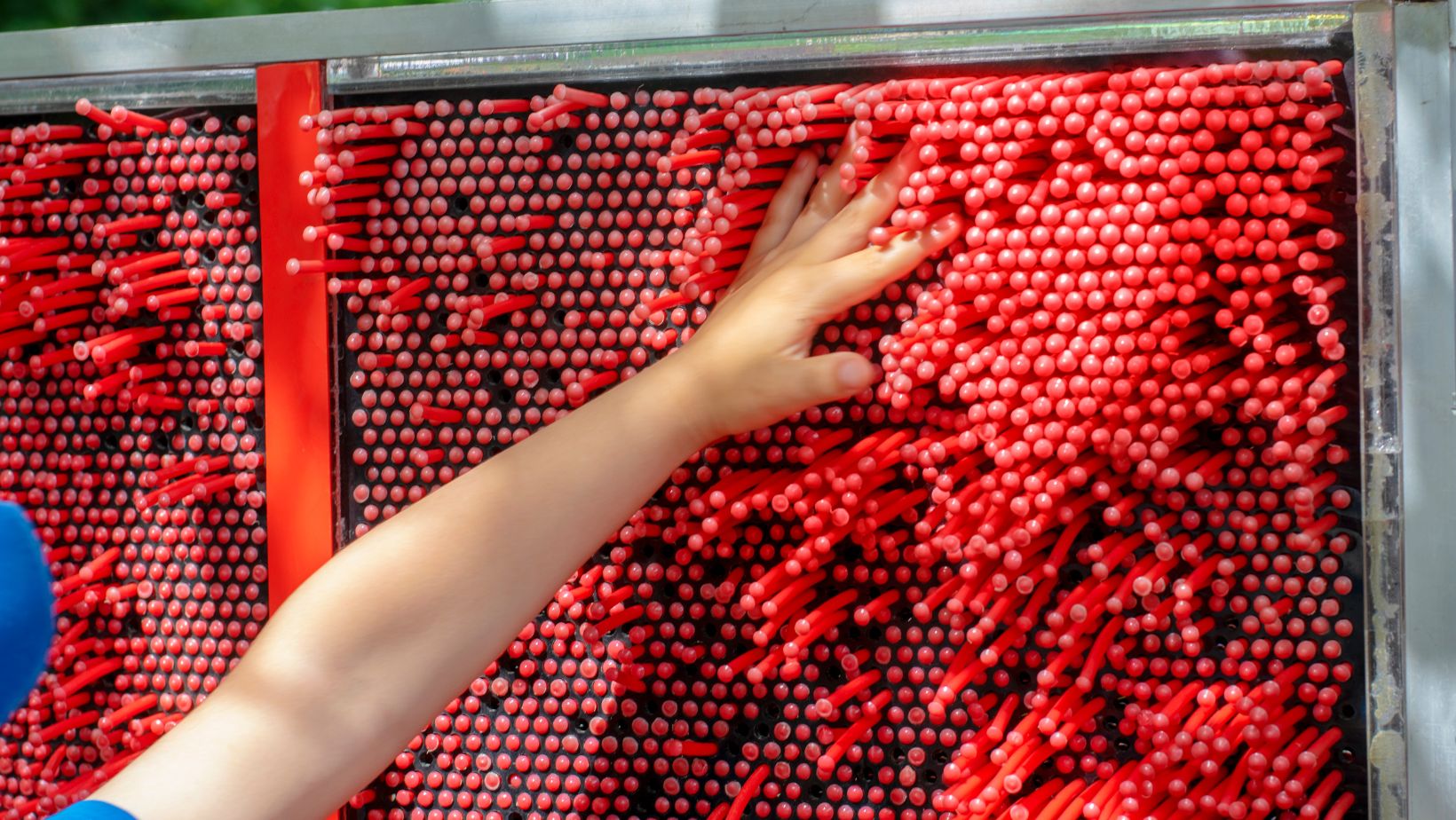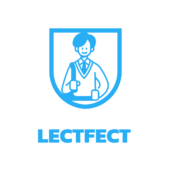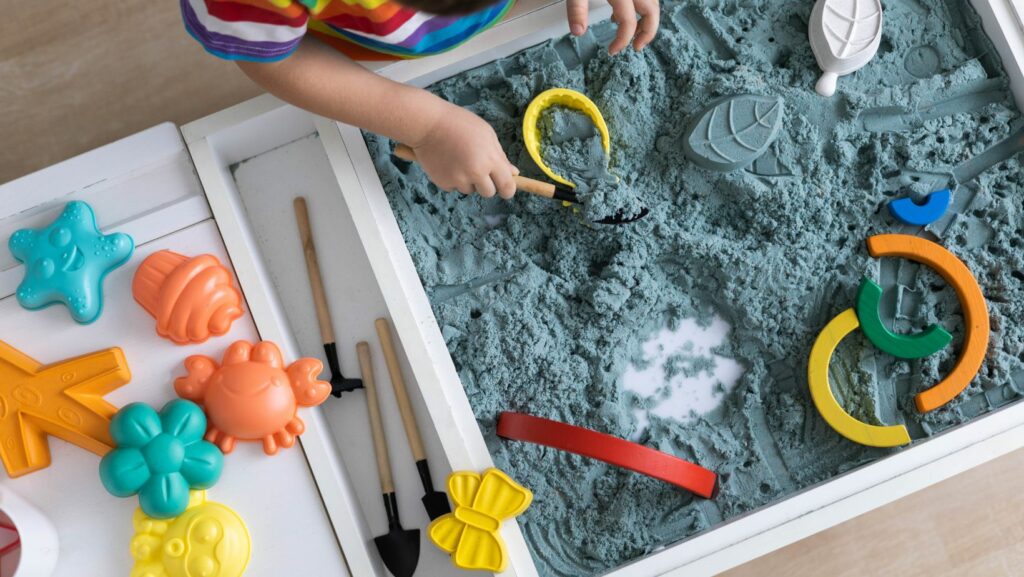
Are you looking to enhance your learning experience through hands-on methods? Tactile strategies could be the key to unlocking your full potential. By engaging the sense of touch, learners can deepen their understanding and retention of information in a more interactive way.In this article, explore the power of tactile strategies and how they can revolutionize traditional educational approaches. From sensory activities to interactive simulations, discover how incorporating tactile elements can make learning more engaging and effective for learners of all ages.
Tactile Learning Strategies
Tactile learning, also known as kinesthetic learning, is a learning style that involves physical activities to engage the sense of touch. It is a hands-on approach where individuals learn by carrying out physical activities rather than listening to a lecture or watching demonstrations. This active participation enables learners to better understand and retain information through experiential learning. Tactile learners often excel in environments where they can manipulate objects, participate in experiments, or engage in real-life simulations.
Importance in Educational Settings

In educational settings, incorporating tactile strategies can significantly enhance the learning experience for students. By providing hands-on activities, educators can cater to a diverse range of learning styles, including tactile learners who thrive in kinesthetic environments. Tactile learning helps students develop practical skills, encourages active participation, and fosters creativity and critical thinking. Moreover, it can improve information retention as students engage multiple senses, leading to a deeper understanding of the subject matter. By integrating tactile elements into lessons, educators can create dynamic and interactive learning opportunities that cater to the needs of all learners.
Key Tactile Learning Techniques
Using Manipulatives
Engaging with manipulatives in the learning process is a fundamental tactile learning technique. By using physical objects like blocks, shapes, or other hands-on materials, learners can interact directly with the concepts being taught. This approach not only enhances comprehension but also helps in solidifying abstract ideas into concrete experiences.
Incorporating Textural Elements
The incorporation of textural elements in educational activities can significantly benefit tactile learners. Textures such as rough, smooth, soft, or hard can be integrated into learning materials like flashcards, worksheets, or sensory bins. This hands-on experience provides tactile learners with the opportunity to explore and engage with different textures, enriching their understanding of the subject matter.
Implementing Tactile Learning in Different Subjects
Mathematics

In mathematics, tactile learning offers a hands-on approach that allows students to physically manipulate objects to understand abstract concepts. By using tools like counting beads, geometric shapes, or fraction bars, students can develop a concrete understanding of mathematical principles. For instance, when learning about fractions, students can use fraction tiles to visualize and compare different fractions, making the concept more tangible and easier to grasp. Tactile elements in math not only enhance understanding but also improve retention and application of mathematical concepts.
Science
Tactile learning in science involves experiments, models, and interactive activities that enable students to explore scientific phenomena through touch and movement. For example, in biology, students can use models of cells or organs to understand their structures and functions better. Hands-on experiments in chemistry allow students to experience chemical reactions firsthand, reinforcing theoretical knowledge. Tactile experiences in science not only make learning more engaging but also help students develop a deeper appreciation for the scientific world around them.
Language Arts
In language arts, tactile learning can aid in language acquisition, grammar comprehension, and literary analysis. By incorporating activities like building words with letter tiles, crafting story elements with manipulatives, or acting out scenes from literature, students can engage with language in a more interactive and memorable way. Tactile approaches in language arts not only improve language skills but also foster creativity, critical thinking, and a deeper connection to the text being studied.
Benefits of Tactile Strategies
Tactile strategies offer a dynamic approach to education, engaging learners through hands-on experiences that deepen comprehension and memory retention. By incorporating sensory activities and interactive simulations, tactile learning transforms traditional teaching methods into captivating and effective learning experiences. Implementing tactile learning across various subjects, such as Mathematics, Science, and Language Arts, enables students to grasp abstract concepts more tangibly and understand complex phenomena with greater clarity.

